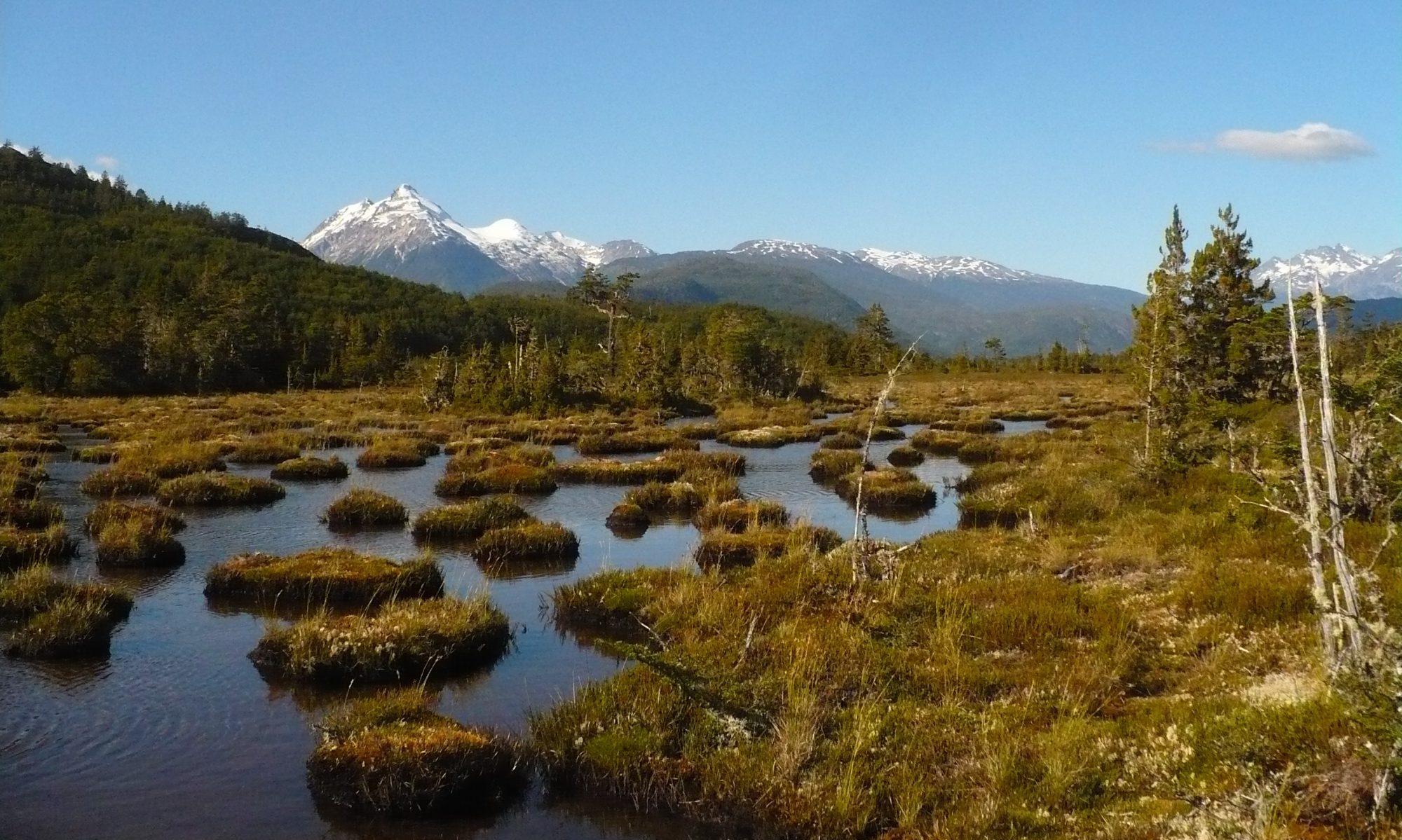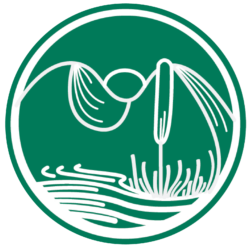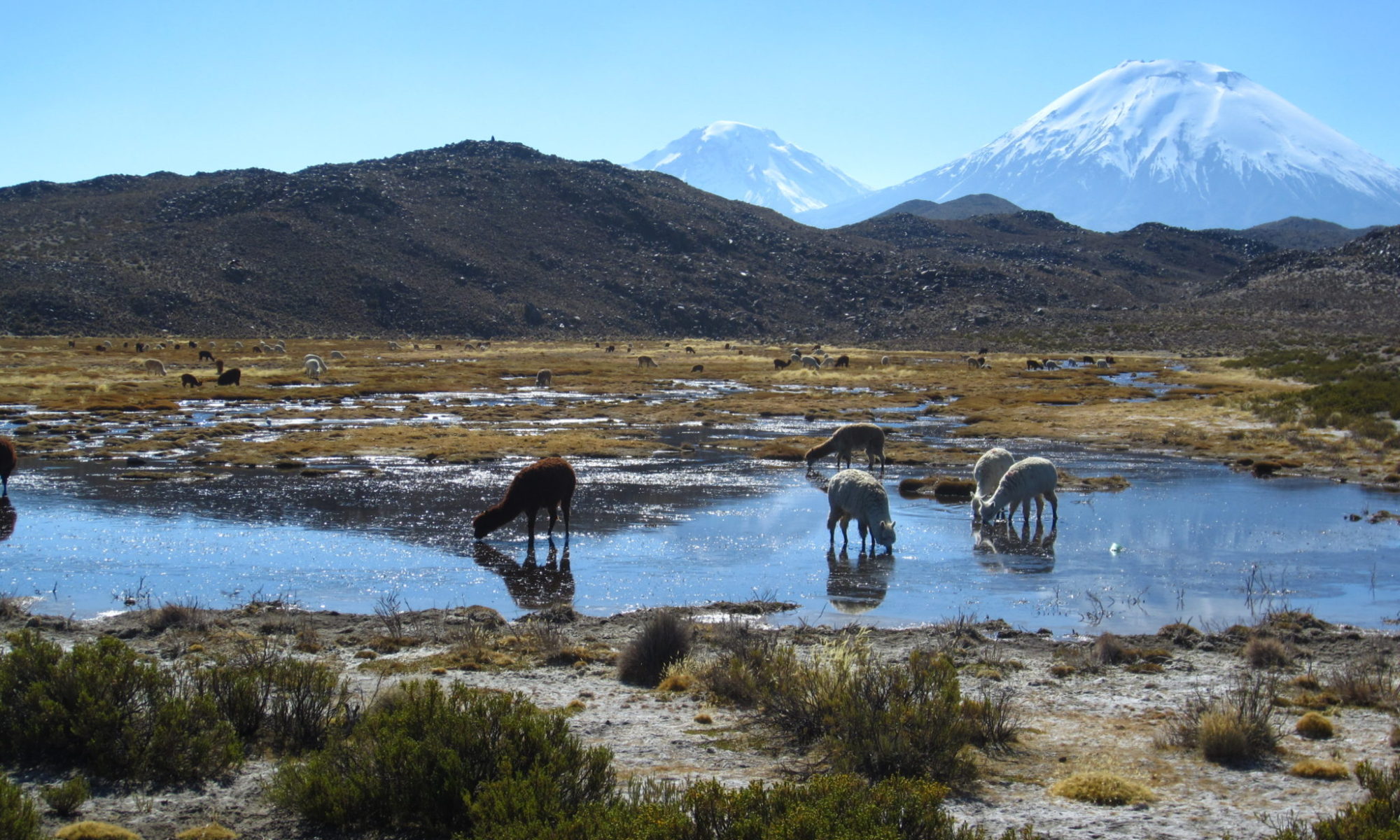The Bofedales (singular: Bofedal), are high Andean wetlands, which can be found in Chile, Peru, Bolivia and Argentina, in between 3200 and 5000 m.a.s.l (Squeo et al., 2006).

They are mainly composed of plants forming hard cushions. The most important of these plants in the Chilean bofedales are two species of the Juncaceae family: Distichia muscoides and Oxychloe andina.

Many bofedales are also mires (which have by definition at least 30 cm of soil, with at least 30% of organic matter; Joosten and Clarke, 2002), because plant residues do not decompose entirely, due to the saturation of the soil with water and the lack of oxygen.
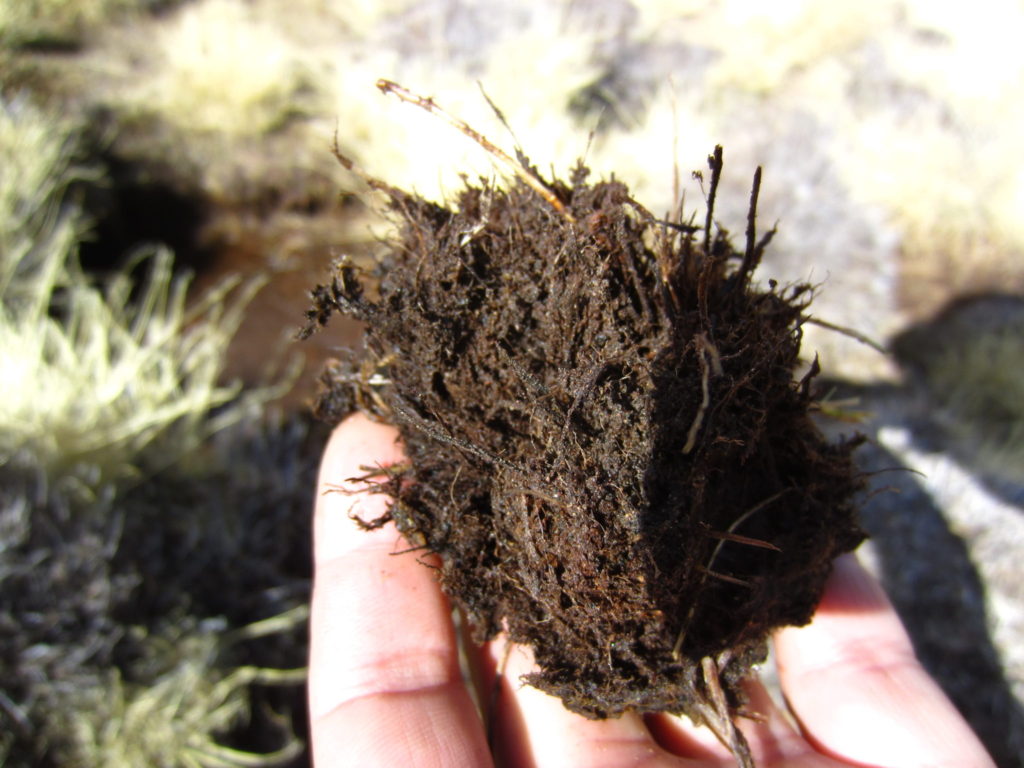
Because of their geographic distribution in cold and dry altitude climates, they are locally very important ecosystem, concentrating life in and around them. The presence of water (which at night usually freezes) creates habitats for a multitude of insects, mammals, birds, vascular plants and also mosses and lichens.
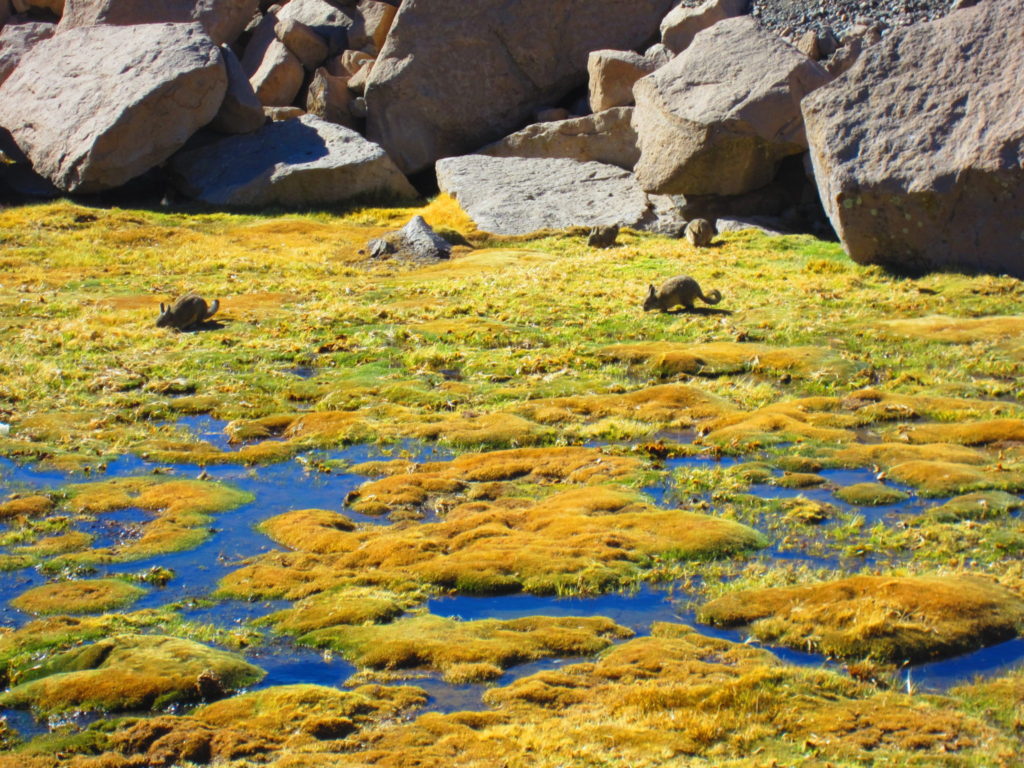
Furthermore, these ecosystems are of great importance for the human communities of the Altiplano, because they provide water and fodder for their livestock (llamas and alpacas). In fact, the creation of bofedales by the irrigation of valleys and flat areas has been practiced by the Andean communities since the pre-Columbian era (Maldonado Fonkén, 2015). Many of these irrigation systems are still maintained.
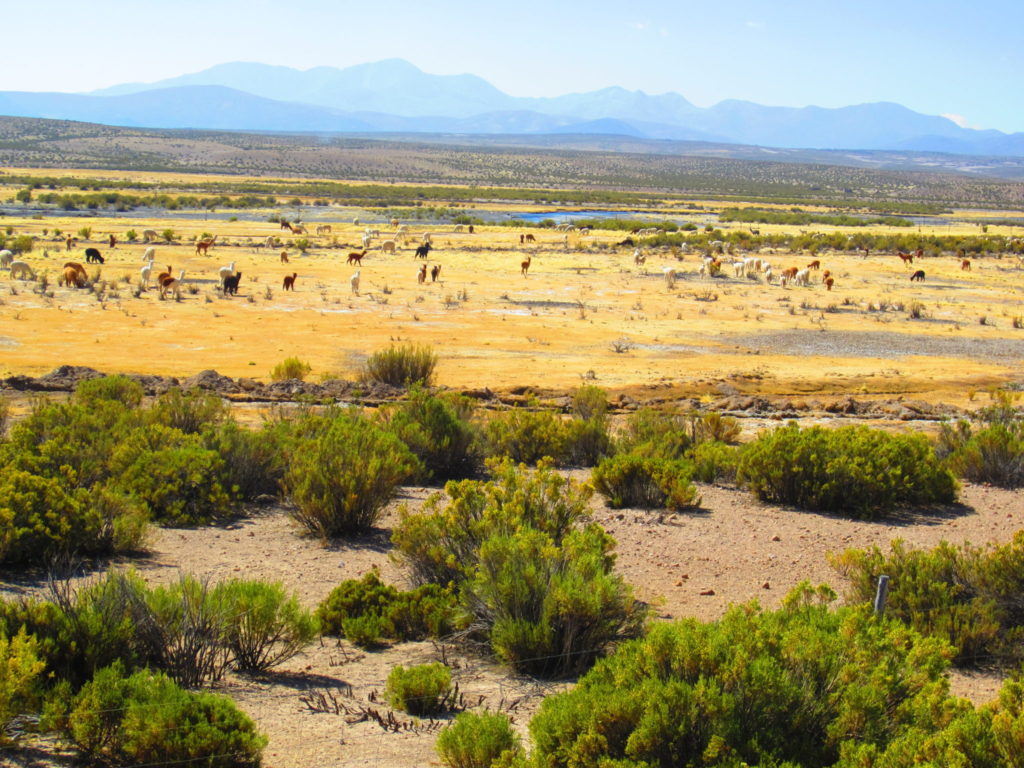
Despite their ecological and social importances, the existence of the bofedales faces currently several threats. Climate change, provoking a more irregular distribution of the precipitations, menaces the fragile hydrological equilibrium of the bofedales, which rely on frequent water influx. Another problem, are social changes, when the young generations of the Andean communities move to the cities, and no one maintains the irrigation channels anymore, which conduct water into the anthropic bofedales.
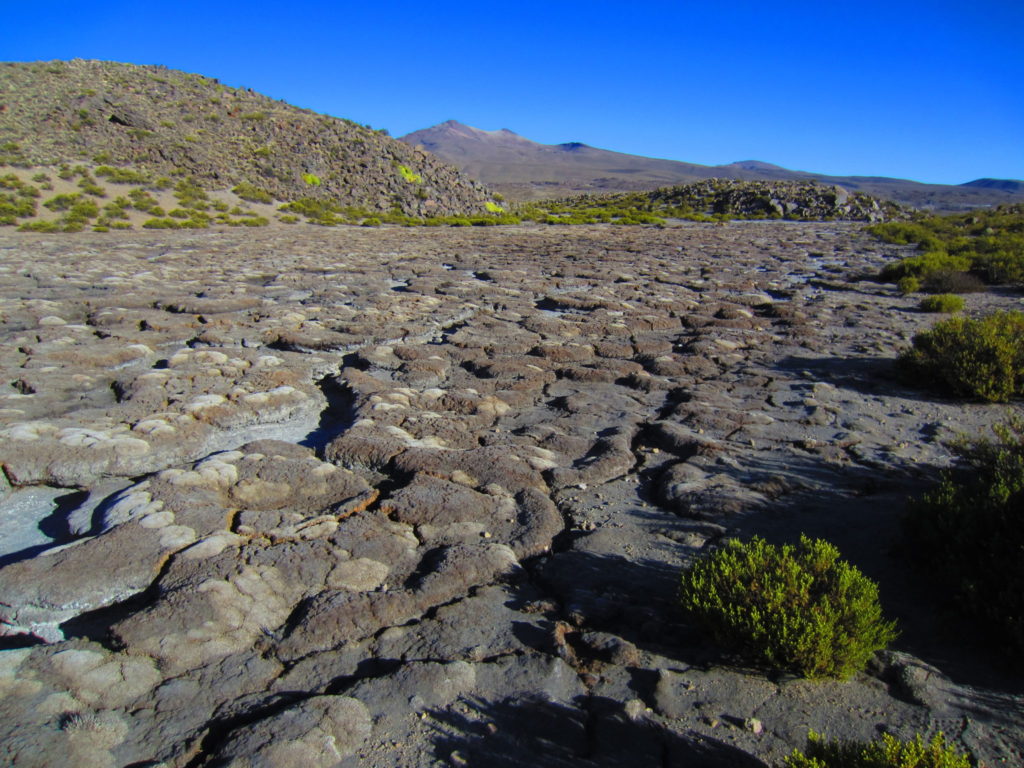
On the other hand, overgrazing also represents a threat, especially, when non-native animals like cows, horses and donkeys are introduced, which destroy the cushion plants an compact the soil, due to their weight and hoofs (Maldonado Fonkén, 2015). Overgrazing, further, can affect and interrupt the natural vegetation cycle and the seed production of the bofedal plants.
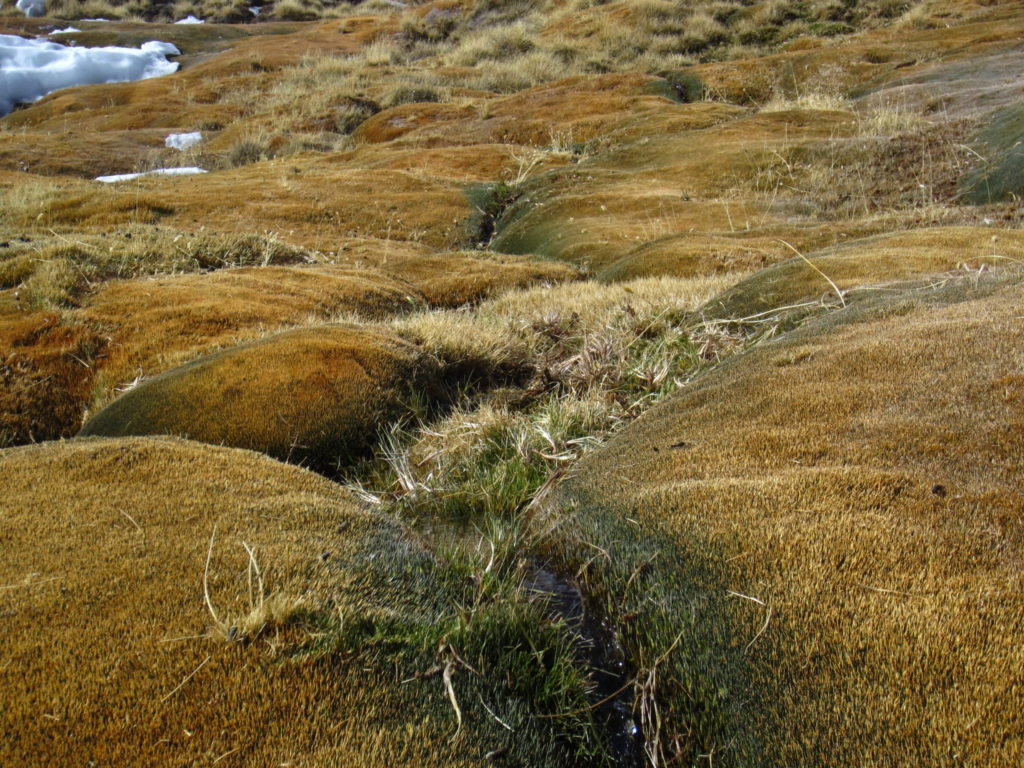
Also, there are habits of uncontrolled extraction of bofedal vegetation for medicinal use, material for construction and fuel, which need to be regulated. In addition, many banks of streams, rivers and depressions associated to bofedales, evidence an unworthy use as garbage dumps.
Therefore, it is urgent that the responsible authorities of the communities of the Altiplano, support new actions for the conservation and restoration of the bofedales, integrating a management concept of the whole watershed area.
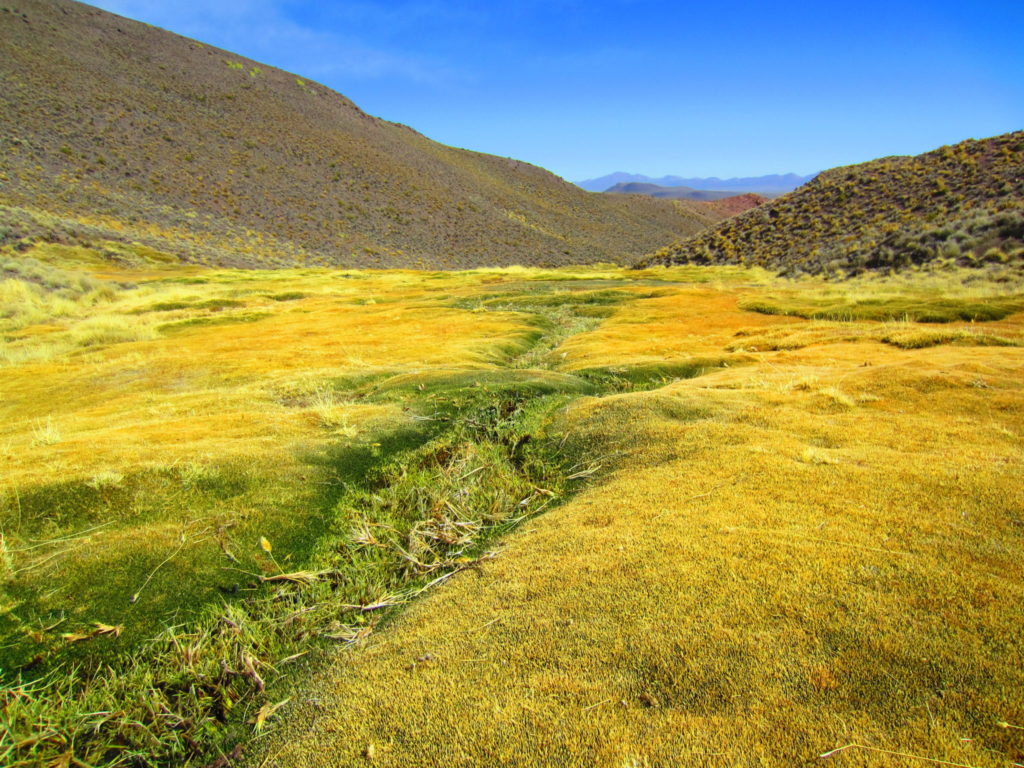
In that regard, some good pratices are already applied. Bolivia includes management plans and mitigation means for bofedales in it’s hydroelectric projects in the Altiplano (EMAGUA). In the north of Chile, some agreements in between indigenous communities and conservation authorities have been reached, for the management of these ecosystems (CONADI). In Peru, lessons learned from restoration projects, have recently been systemized (Cerrón et al., 2017).
These examples should be an inspiration to our governments and communities, in order to maintain the bofedales sane and sound, so that they can carry on with their important functions, especially mitigating and decelerating climate change.
References
Cerrón, J.; del Castillo, J.; Mathez-Stiefel, S.; Thomas, E. (2017): Lecciones aprendidas de experiencias de restauración en el Perú. Estudio financiado por la German Federal Ministry for the Environment, Nature Conservation, Building and Nuclear Safety (BMUB).
CONADI-Corporación Nacional de Desarrollo Indígena: Link al artículo aquí.
EMAGUA-Entidad Ejecutora de Medioambiente y Aguas: http://www.emagua.gob.bo/
Hribljan , J.A., Cooper, D.J., Sueltenfuss, J., Wolf, E.C., Heckmann, K.A., Lilleskov, E.A. & Chimner, R.A. (2015) Carbon storage and long-term rate of accumulation in high-altitude Andean peatlands of Bolivia. Mires and Peat, 15(12), 1-14.
Joosten H, Clarke D (2002) Wise use of mires and peatlands. Background and principles including a framework for decision-making. International Mire Conservation Group & International Peat Society, Saarijarvi, Finland.
Maldonato Fonkén, M.s. (2015) An introduction to the bofedales of the Peruvian High Andes. Mires and Peat, 15 (05), 1-13.
Squeo, F.A., Warner, B.G., Aravena R. & Espinoza, E. (2006) Bofedales: high altitude peatlands of the central Andes. Revista Chilena de Historia Natural 79:245-255.
